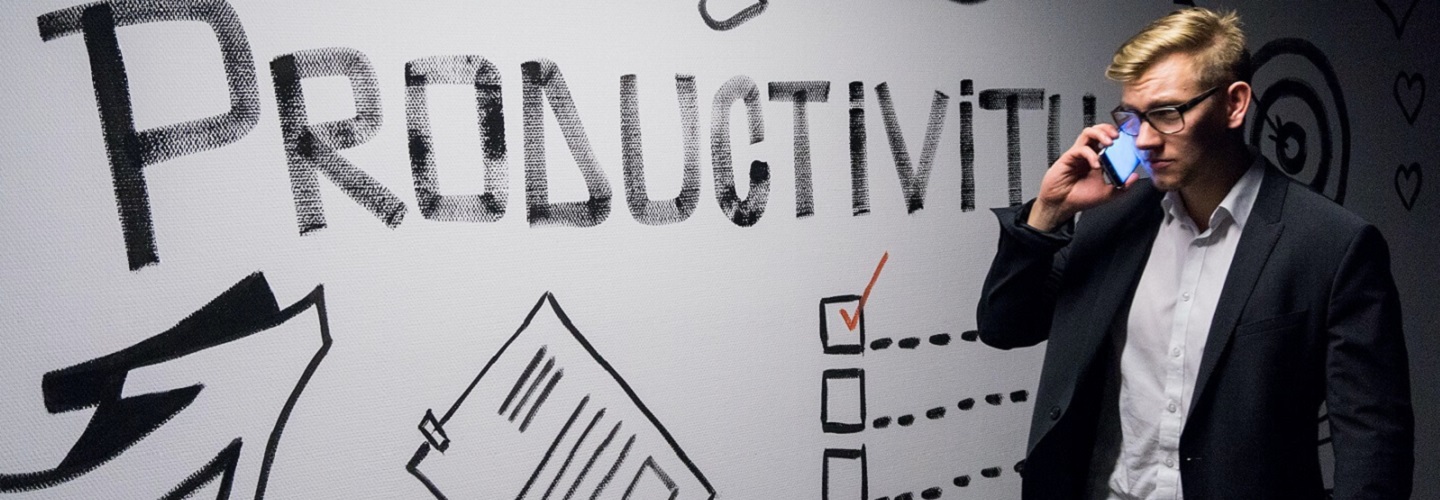
- Time Is the Best Measure for Value -
On the The Rational Optimist,
The author thinks that the best measure of value is “time”: “Time is the key. Forget dollars, agate shells, and gold. The true measure of a thing’s value is the time it takes to acquire it.”
The point of view in the book is very clear. No matter how pessimistic we are about today’s situation, we should actually be optimistic about the future, because the history of human development is a progressive History of civilization. This process is eternal and irreversible. The driving force behind it is “Exchange,” which promotes specialization, while in turn strengthening trading — because no one can be “self-sufficient.”
Specialization has brought about the improvement of production efficiency, and the transaction has benefited both parties at the same time. The end result is that both parties in the transaction have obtained far better products and services at a lower cost than in the past.
- Time Is the Key -
The author argues that the best measure of value is “time”:
“Time is the key. Forget dollars, agate shells, and gold. The true measure of a thing’s value is the time it takes to acquire it.”
Therefore, the wealth of each person can also be measured by the value of time: “The so-called ‘poor’ is that he cannot afford to sell his time at a high enough price to buy the services he needs; the so-called ‘rich’ is not only able to buy the services he needs, he can also buy the services he wants.” In other words, a truly wealthy person’s unit time is very valuable, and he can use the same time to exchange more time for more high-value people.
From this perspective, every contemporary person is richer than anyone at any time in history. For comparison: An average contemporary consumer spends about 14% of his monthly salary on food, while for a farm laborer in England in the 1790s, 75% of his hard-earned monthly earnings had to be spent on food.
The accumulation of expertise enables each of us to consume more and more based on less and less material that we use. That is the core story of human development. Innovation changes the world, but only because it helps to fine-tune the division of labor and encourages the division of time.
This is the greatest theme in history: exchange, specialization, and the innovations they bring, which ultimately “created” time.
- Using Tools to Create Time -
Better work efficiency and better work output are recognized by more people at work, especially more productive people. Such a working state is improving every day, not consuming yourself. So as in the organization level.
In the daily practice of work, cooperation with others will entail the usage of the room resources. While if there are unexpected interruptions of the meeting or unauthorized occupation of the room resources, then the time of the people involved will be wasted, which means their time schedule was interrupted, causing a more like Butterfly Effect:
- Individual performance
- Cooperation efficiency
- Group productivity
- Organizational culture
All have been affected in the short term or long term.
However, a room signage that will automatically sync the meeting events will do the trick, this visual cue can avoid the bad effect mentioned above.
- A Room Signage That Does That Trick -
With a room signage that sync the room schedule on the screen, turns it into a room scheduler. Largely reduce the awkwardness of interrupting an ongoing meeting or unexpected room occupation.
Imagine a daily scene in company with or without a room signage:
The Lily in Sales team has reserved Meeting room 3 for their monthly review. All 10 members in their team need to review their monthly tasks and prepared for the next. Though they have a full schedule, they all made up their calendar for this meeting.
John is a project manager and now in charge of a big project and just received an emergency call from the client, requiring them to handle some emergency occasion.
Let’s check what would go next with or without room signage on the wall.
Without a room signage
After gathering the staff, John and his team member randomly take the nearest room that is empty, without further checking if the room was reserved.
When the Sales team arrived, they found that the room has already been taken, either they ask John out or they randomly take the nearest room that is empty, without further checking if the room was reserved.
Things are not going to be pleasant.


With a room signage
Since the room signage shows the room schedule, John knows which room he can take: Meeting room 3 has been reserved by the Sales team, and 10 minutes later their meeting will start. While on the room signage of Meeting room 2, the screen shows that the room is available in the next two hours, this one works.
The sales team monthly meeting was held as scheduled. Thanks to the room signage, both teams were well settled.
What’s more, this is a positive feedback loop, helping the enterprises to grow.
Imagine the time that could be saved and productivity generated with things going as scheduled, from individual performance, cooperation efficiency, group productivity, and organizational culture, these can grow exponentially.
Where there is a need, there will be a technology applied. Check how it works.
